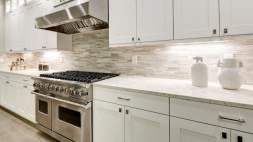Better Ways to Use Everyday Items You Didn’t Know You Were Using Wrong
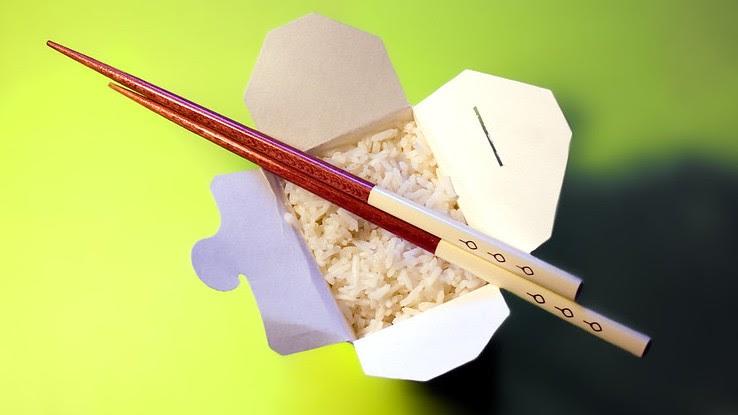
There are thousands of everyday items that we use regularly. We know exactly how to use some of them, and there’s not much we can do to improve them. But others have hidden uses that we’d probably never think of on our own.
Everything from potato peelers to toothpaste can be improved, though, so if you’re not using these items in these clever ways or following these hacks, you’ve totally been missing out.
Potato Peeler for Onions
Yes, the potato peeler is for peeling potatoes and carrots. But this device does so much more. In fact, it can be a real tear-jerker. When you’re ready to cut up some onions and need very fine slices, cut the onion in half and get out the peeler.
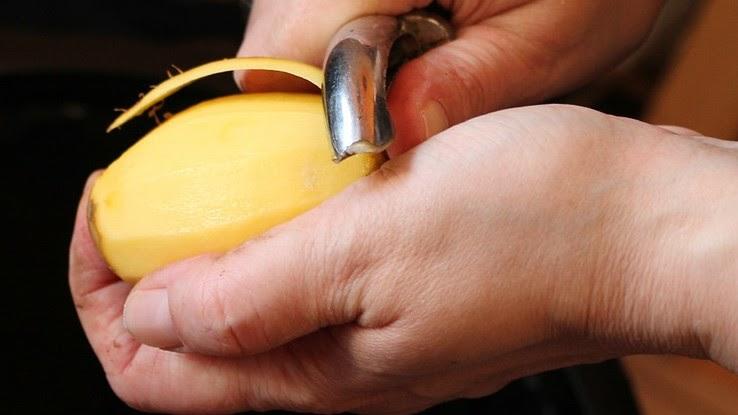
With the onion in your hand or on a surface, flat side up, use the peeler to quickly run through the onion to create fine slices. As the onion shrinks, flip it and keep going until the whole thing is done.
Soda Can Tabs
Ever wondered why there’s a hole in the pull-tab of your soda can? Well, that hole is a now straw holder. Crack open the can to get at that sweet, carbonated goodness. Then, turn the tab around to position the hole over the can opening.
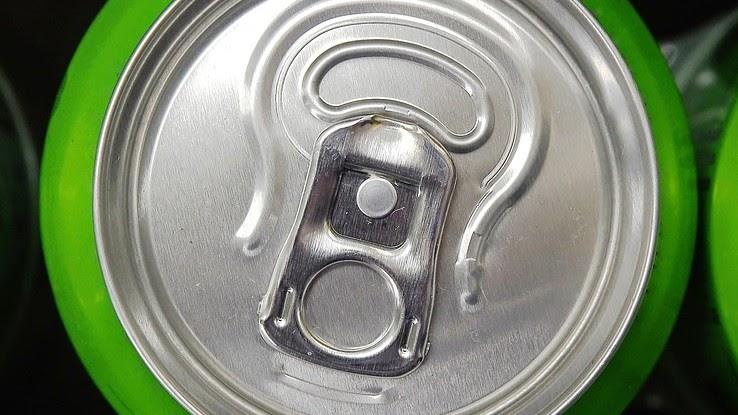
Insert your straw through both holes and have a drink. It’s not a necessary use, but if you tend to lose your straw, are carrying your can from room to room or otherwise just like something clever, then remember this tidbit and show off at your next party.
Pasta Spoon Measurements
When it comes to making pasta, we generally don’t think that much about how to put it in the pot. We grab a handful and toss it in. But if you’re trying to be health-conscious or keep those serving sizes down, this handy little tip will change everything for you.
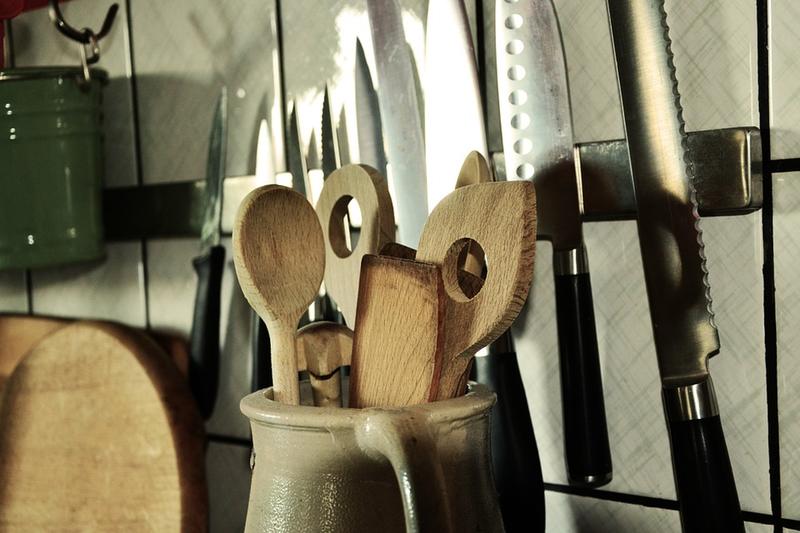
You know the hole in your pasta spoon? It actually has a purpose that doesn’t involve draining water from the pasta. It’s a measuring tool for dry spaghetti. Exactly one serving of spaghetti fits into that hole. So, fill the hole once per serving as needed.
The Right Arrangement for Washing Your Dishes
Most of us probably just toss dishes into the dishwasher without thinking how the placement can affect the machine’s cleaning efficiency. But the right arrangement in there can make all the difference in getting those glasses and plates clean.
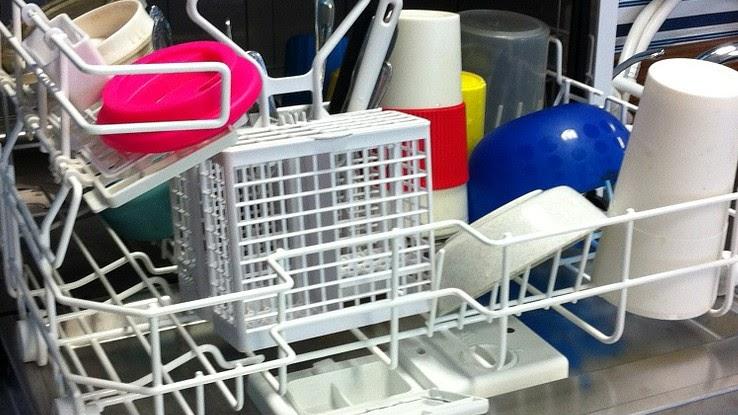
You should put the most heavily soiled items at the center of the bottom rack, facing the spray arm. Avoid blocking the detergent dispenser with large objects that could potentially interfere with the soap coming out. And, those little “shelves” on the top rack over the far sides serve as a second level for smaller glasses.
The Cup Plunger for Sinks
Probably the most common misuse of household items is using the wrong plunger — yes, there are right and wrong plungers for different tasks. When you look at plungers in the store, they’re often sold in the same area, which doesn’t help. However, there are actually two basic styles, and they have separate purposes.

The larger ones with a “spout” at the bottom are the ones intended for bathroom plunging. But that cup plunger that you can buy at the dollar store is actually meant for plunging stopped-up sinks. Be sure you’re using the right one for your toilet.
Toothpaste Quantities
Loads of people think that you need giant gobs of toothpaste to get the job done — and it is important to get the job done. Our dental health is critical for our heart health, digestive tract health, respiratory health and, well, our health overall. But that doesn’t mean you have to go overboard with the paste.
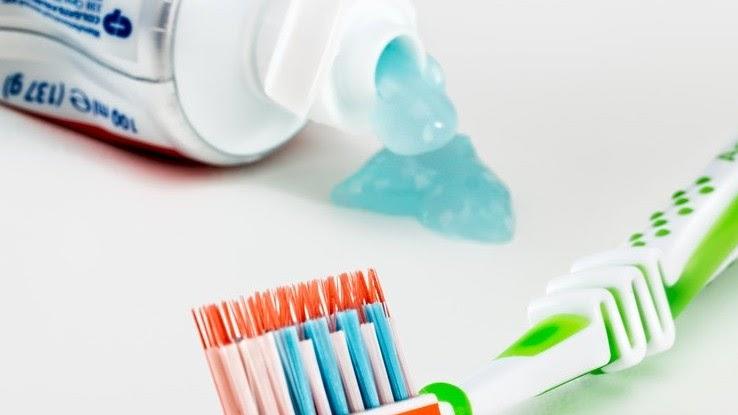
Floss your teeth, gargle that mouthwash and apply just a pea-sized dot of toothpaste to your toothbrush. You really don’t need the giant gobs we all wanted to use as kids. It’s wasteful and won’t get your teeth any cleaner, so save a buck or two each month by using less.
Takeout Plates
This is one you probably didn’t realize about your takeout. That oyster pail — the official name of the classic takeout box — is for more than just bringing home your food. It’s designed specifically to unfold into a plate you can eat off of.
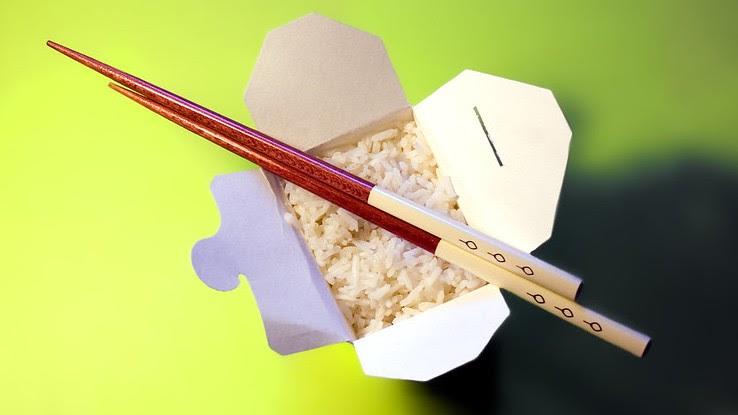
Untuck the corners and pockets and flatten it out. It won’t be round, of course, but it certainly does the trick. You’ll have a much easier time noshing on that fab sesame chicken this way.
Tying Dental Floss
One of the things folks complain about with flossing is the cut-off circulation they experience as they wrap the floss around their fingers. Everything turns purple and kind of hurts. But it doesn’t have to be this way. Instead, tie your floss in a circle.
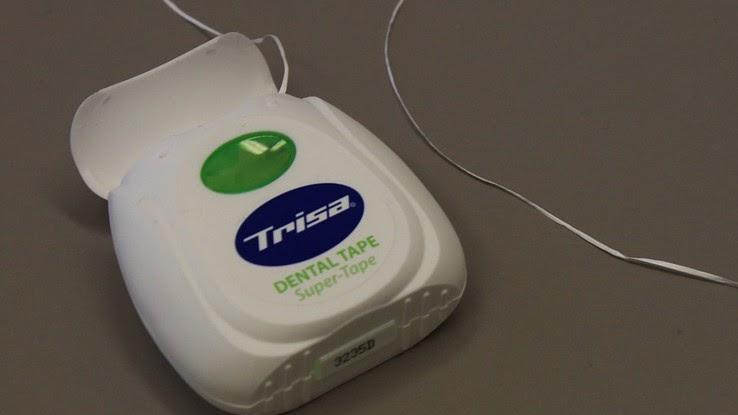
Not only will you save your fingers from that painful cut-off from life-giving blood, but you’ll also ultimately save money. You don’t have to reel out as much floss when you’re making a loop, and you’ll soon learn exactly how much you need each time. The result? Less waste.
Built-in Spoon Rests
Ever wondered what those holes at the ends of the handles on your pots and pans are for? Yes, they’re for hanging up your pots. But they also work as built-in spoon rests to help you avoid countertop messes, especially if you’re using more than one pot and one wooden spoon.
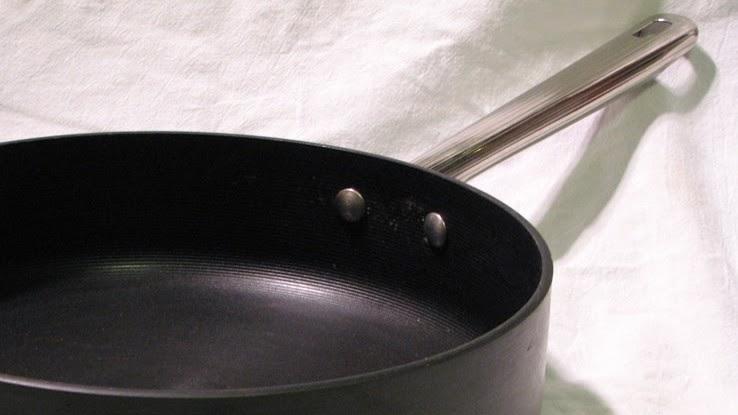
To use the “spoon rest,” put the handle into the hole, allowing the spoon’s end to tilt upward. This lets sauces drip back into the pot — not onto your counter — while preventing the wood or silicone on the spoon from getting too hot.
Bobby Pins — Backwards
For some reason, nearly everyone who uses bobby pins in their hair actually puts them in upside-down. They were originally popular in the 1920s for use with bobbed hair, which is where they got their name.
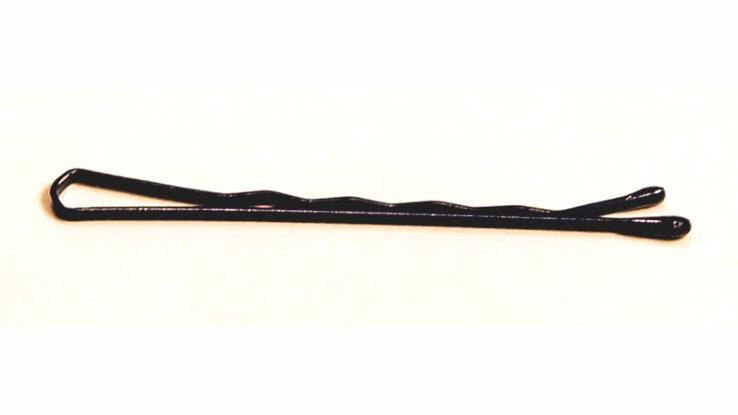
These pins are supposed to go in your hair with their flat sides facing up. The rippled side should go down toward your scalp, as it helps grip the hair and keep it in place better. This is especially helpful for anyone with smooth, fine hair that slips out of most barrettes and pins.
Using Tissue Paper to Prevent Wrinkles
While tissue paper makes for an excellent wrapping material for fragile things we pack away or give as gifts, this stuff also is fantastic for a more common need in the household: wrinkle prevention.
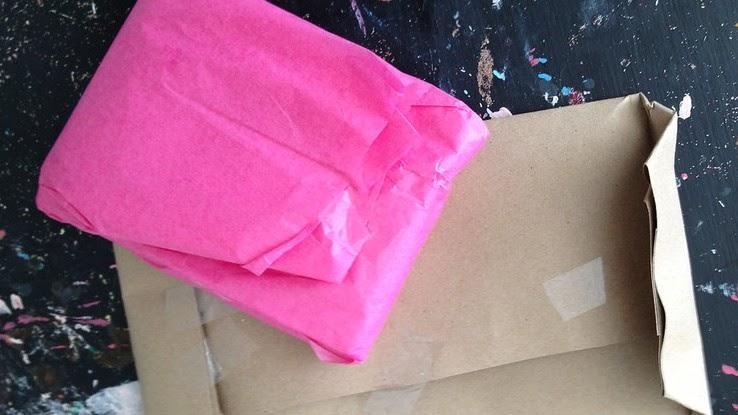
If you’re packing for a trip or packing away some clothing that wrinkles easily, you can use tissue paper to keep everything wrinkle-free. Pack up the clothes by wrapping them fully in tissue paper, tucking in the sides as if you’re wrapping a gift. Voila! You’ll notice fewer wrinkles when you open up that suitcase again.
Aluminum Foil Box Tabs
Most folks who’ve used aluminum foil, cling wrap, parchment paper or other kitchen material wrapped on a roll can relate: This is a wrestling match. But you don’t have to wrestle with these wraps to keep them in place if you look a little closer at their boxes.
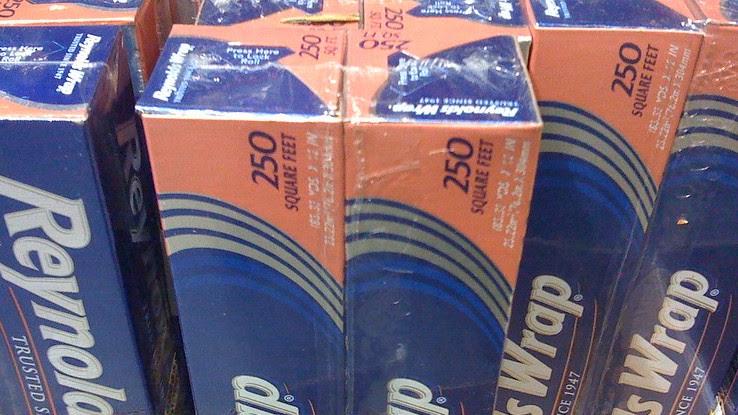
Go ahead and pull one out of your drawer. Now, look on the sides of the box. You’ll see little perforated tabs on the cardboard. These are intended as a sort of “lock” for keeping the roll in place as you unwind it. Punch the tabs inward to secure the tube, and you’ll save yourself some headaches.
Sanitized Sponges
Sponges are awesome for keeping that kitchen clean. But the highly absorbent material that soaks up spills and soapy water is actually a breeding ground for nasty bacteria that can make and keep your family sick if you don’t treat your sponges right.
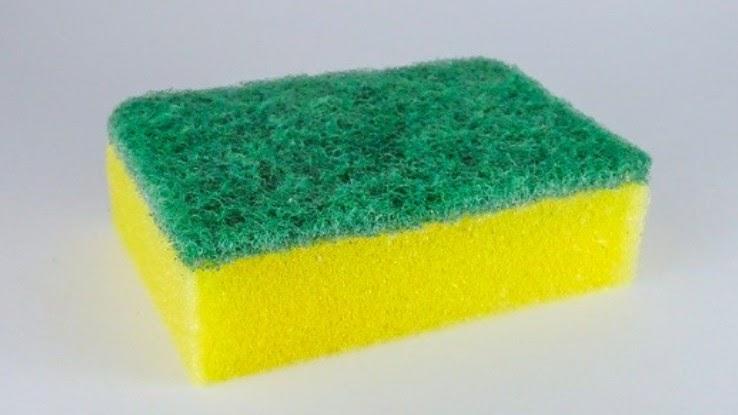
You need to sanitize your sponges every couple of days by setting them into a bowl. Fill the bowl with boiling water and let it cool off completely before using the sponges again. Throw out old sponges every couple of weeks to prevent additional buildup.
Laundry Liberation
Often we think more is better, especially when it comes to using cleaning supplies, getting out stains or scrubbing things clean. But the reality is that using too much laundry detergent can be detrimental to your clothing’s longevity.
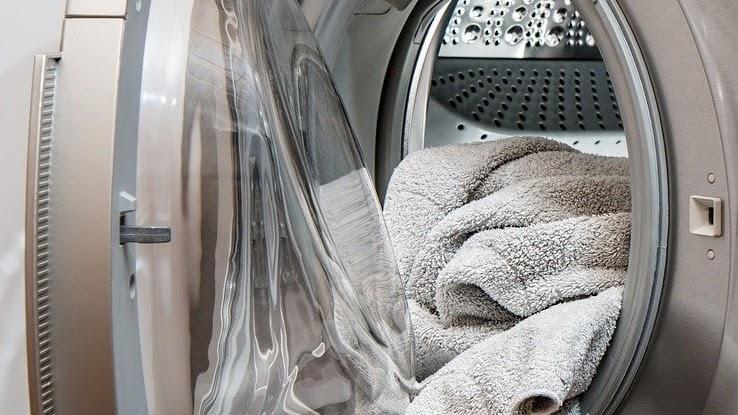
Too much soap will not only not rinse out of your clothing, but those extra suds can also cushion your fabrics — and the dirt in them — which traps in stains. This means they won’t wash away with the water, and now you have permanently embedded dirt. Instead, just follow the instructions and amounts listed on your detergent bottle.
Keeping Meals Warm
While it sure can be convenient to keep those muffin tins and cookie sheets under the oven in that little drawer, you’re not getting the full use of your oven when you do that. This drawer is, in fact, a warmer, which equals loads of delicious foods ahead when you use it properly.

If you’ve been using your oven to bake things and still have more dishes to heat up but don’t have the space, transfer the cooked dishes to the drawer. This keeps them warm before your meal while making room in the oven for you to cook more food.
A Bottle Opener on Cans?
Bottle openers do what their name suggests: open bottles. They’re convenient to keep by your fridge to open all those frosty sodas and beers. But if you find yourself chipping nails or roughing up your skin trying to crack open a soda can, then here’s some good news for you.
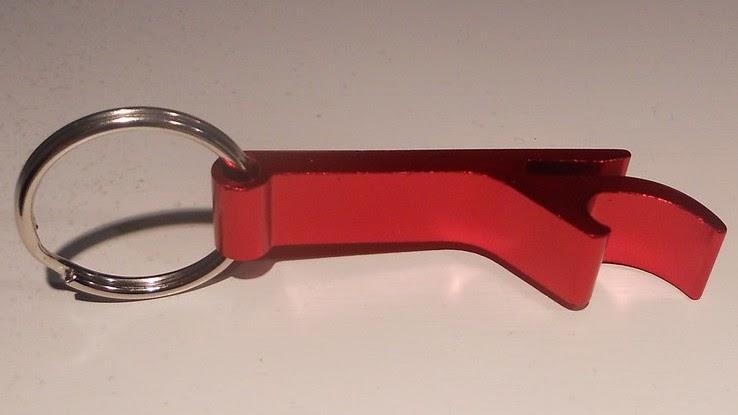
Look at the lower, smaller “slot” or notch on the bottle opener. This can help you open can tabs by popping the pressure on the pull-tab. If you’re on the run a lot with those bubbling beverages, you might want to add an opener to your keychain.
Emptying Your Iron
When you’re in a rush, it’s easier to just put everything away as is — if you have time to put things away at all — including the iron that’s still full of water. But this water can be harmful for your iron and ultimately for your clothing.

You should always empty the water tank on the iron, especially if you store it on its plate. The reason? The excess water damages the internal parts of the iron. The water also leaks through and causes discoloration to the plate, which may later transfer to your clothing.
Fountain Drink Lids
When you grab that delicious bubbling drink from the fountain at the fast food place and come home with some grub for a casual night in, you might regret it the next day. That cup sweats condensation all over the place and might cause some damage, like water rings, to your favorite coffee table.
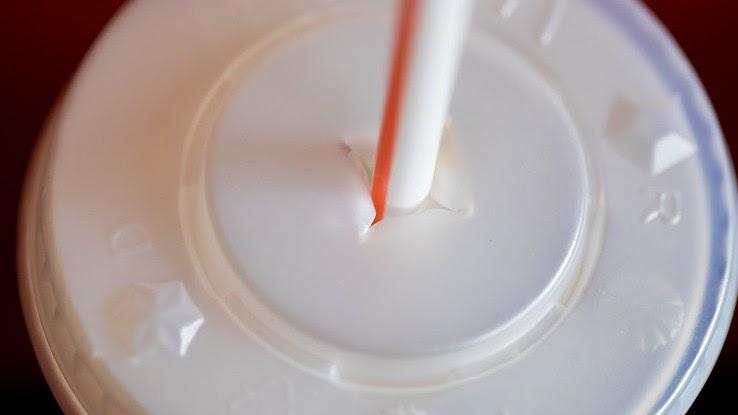
But if you trust yourself enough not to spill, you can remove the plastic lid from the top and set it beneath the cup, using it as a coaster. Like magic, that wet cup no longer leaks water onto your wood furniture.
Peanut Butter Storage Tactics
With the way peanut butter jars are designed, it’s actually better to store them upside down. This helps with a few of the issues you get with peanut butter. First, it helps prevent the peanut oil from pooling at the top of the butter, making it more pleasant to eat and easier to serve.
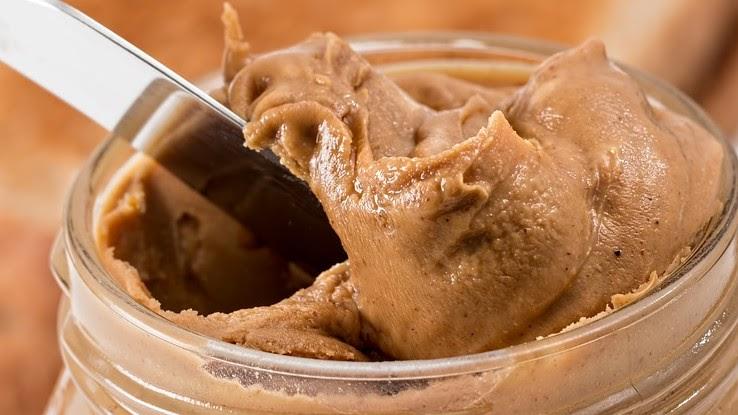
Secondly, storing it this way helps distribute that oil throughout the jar, which means the flavor of the nut butter is improved without the need to stir it every time you go to make a PB&J. Try it and see how you like it!
Juice Box Handles
If you’ve ever hesitated to give the kids juice boxes because of the spillage they create by squeezing too hard, listen up. Juice boxes actually have built-in handles you’ve probably noticed before — and you weren’t sure what they were.
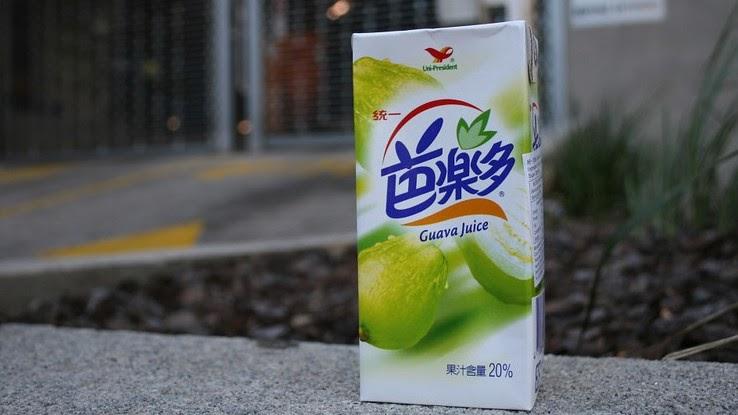
You know those little flaps on the sides of the box? The ones that are folded over and glued down? Those are the handles. You just need to unfold them and point out to the kids that these are what they should hold onto while drinking instead of the juice boxes themselves.
Toilet Paper Dilemmas
Should the toilet paper hang over the top of the roll or down the back? Put this age-old debate to rest and consider the question from the right angle. First, the inventor of toilet paper intended for the paper to hang down over the top. So, if history and intent hold any sway for you, this alone can solve your quandary.

Second, and more importantly, toilet paper hanging over the top of the roll is more sanitary. The TP is farther from the wall and less likely to gather unwanted germs due to contact with said wall. That means it’s not actually a preference thing as you thought, but a health issue.
Toothbrush Storage
If you’re concerned about your oral health, here’s another tip to use. Instead of storing your toothbrush in an enclosed medicine cabinet, it’s best to keep it out in the open in a cup. If you keep it in a container, you’re preventing it from fully drying out.
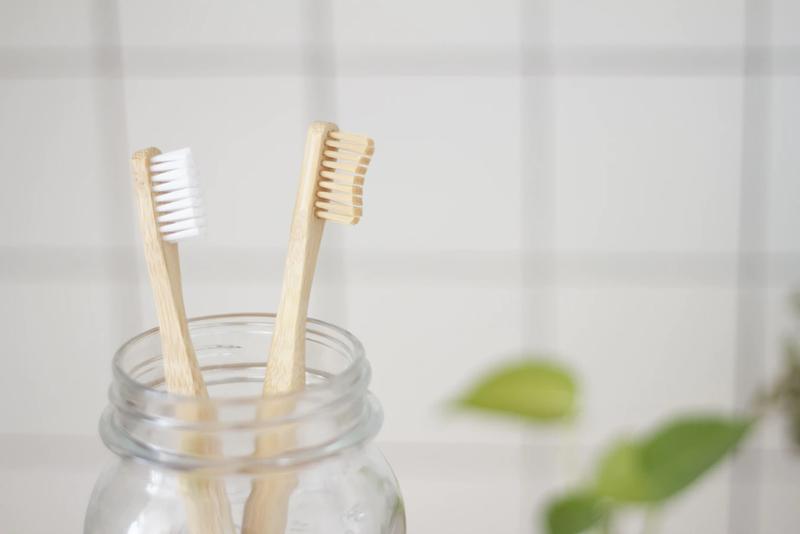
When a toothbrush doesn’t dry out properly, it breeds bacteria that can harm your oral health. But when you do keep it out, make sure you close the lid on the toilet when you flush to prevent those germs from splashing out onto the bristles.
Unplugging Small Appliances
It’s easy and kind of natural to leave small appliances plugged in when we’re not using them. Unless they go up into a cabinet, they tend to stay plugged in all the time. But there’s a couple of issues with this practice.
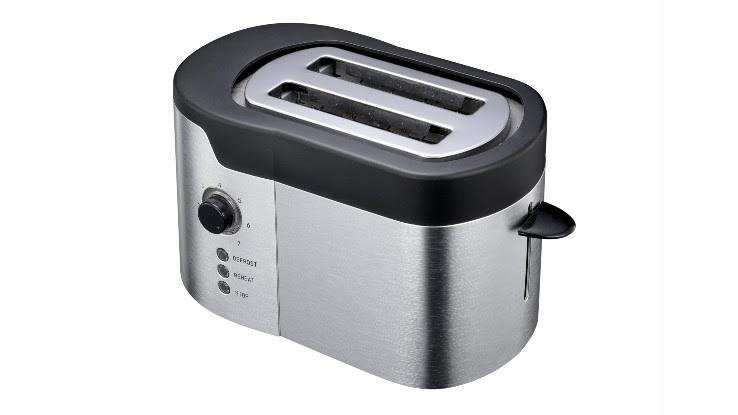
First, appliances still draw a bit of electricity when they’re plugged in. It’s a fairly small amount, but if you have 10 appliances plugged in, they’ll eat away some power unnecessarily. The second issue is that unattended, plugged-in appliances have a small chance of catching fire. Nobody wants that.
Hair Conditioning
Many of us apply shampoo and conditioner just about the same way. We lather them up in the palms of our hands and apply them to our scalps. While this is good for shampoo — getting that oil and dirt off the skin — this isn’t the best option for conditioner.
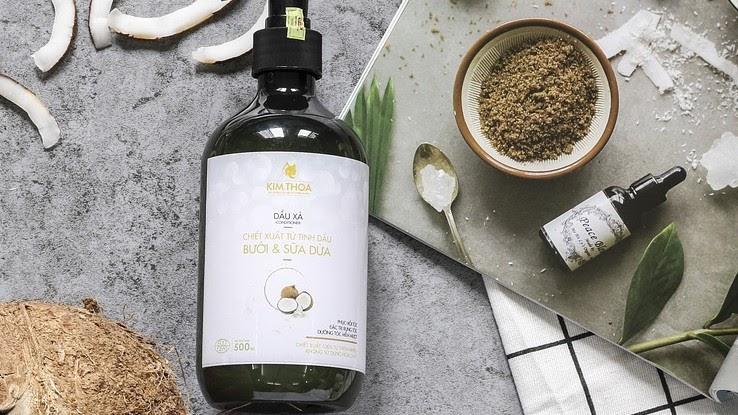
Conditioner naturally leaves a semi-oily, creamy residue in your hair to increase moisture and heal damaged ends, but if you start applying it at your roots, you’ll wind up using more conditioner on your scalp than on the ends of your hair (which are what need it). This can make your hair look greasy instead of clean.
Mascara Wands
Most of us imitate the things we observed growing up, including our makeup and grooming habits. But many of these habits aren’t so productive in the long run. One habit it’s time to ditch? Pumping the mascara brush in the tube.
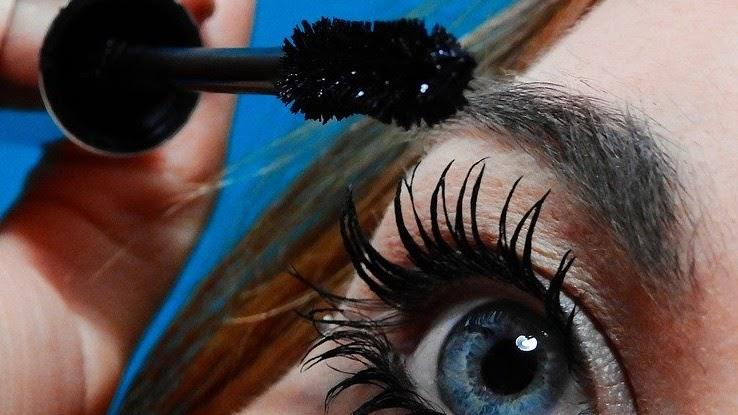
It seems like if you pump the brush you’ll get more mascara on the brush because you’re re-inserting it into the makeup. But the reality is that this pumps air, not makeup, across the bristles and into the tube. This causes your mascara to dry out and go bad faster.
Metal Cooking Utensils
That expensive metal spatula was a great gift from Mom, but it wasn’t intended for use on your non-stick cookware. The reason? Metal can scrape off the Teflon coating of your non-stick pots and pans. And while aesthetically this isn’t great, there’s actually a bigger issue.
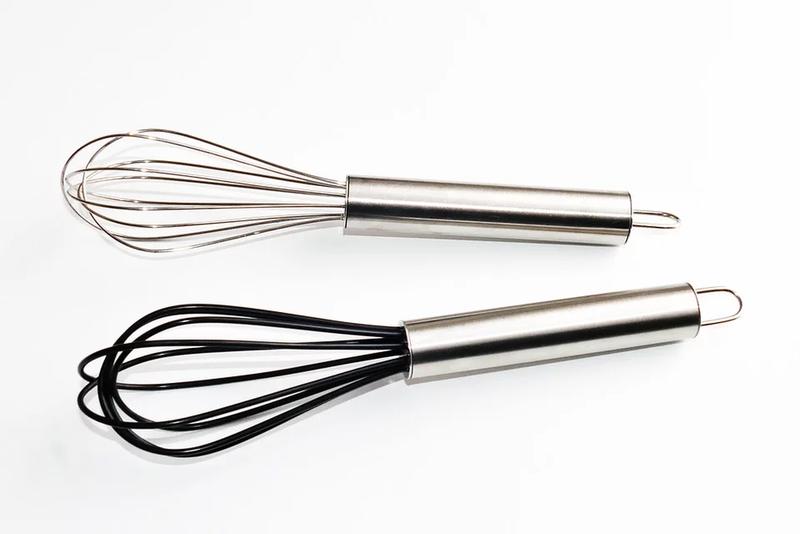
Teflon in its whole form on the pan is fine and safe to use. But once the coating starts to scrape off, it starts breaking into tiny particles that wind up in your food. Teflon is made of polytetrafluoroethylene, which is not something you want to eat.
Washing Your Coffeemaker
Another commonly overlooked item in your home is the coffeemaker. You don’t overlook it in terms of using it regularly or properly, but you might in terms of cleaning it. We’re good about washing the coffee pot and maybe the filter basket. But as for the rest of the machine? Not so much.
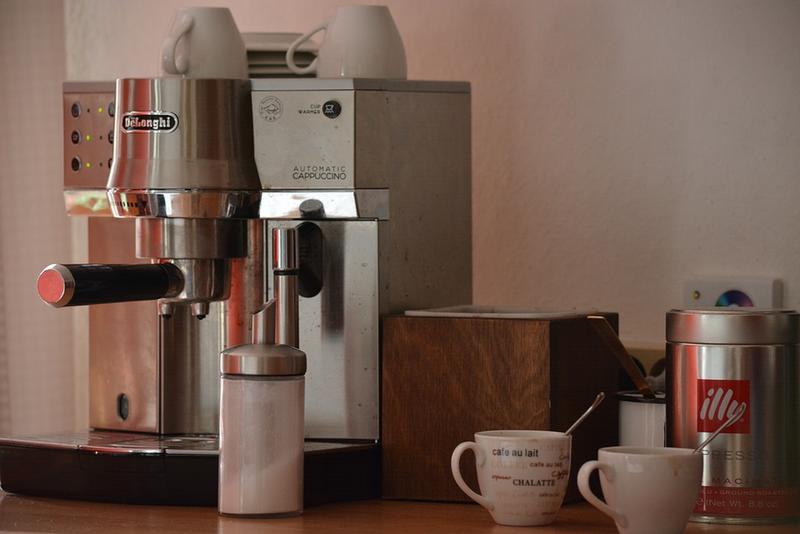
Your coffeemaker is a breeding ground for germs and bacteria. You need to wash the pot and all of the removable parts after every use. Then, spray some cleaning spray onto a cloth or disposable towel, and wipe down the rest of the machine. This can kill germs and keep your coffee fresh and delicious. Run descaling solution through the machine at least once a month to keep buildup from clogging the internal components.
Freezer Temperatures
Many people worry about freezer burn ruining their food, so they might set their freezer temperatures a bit warmer to avoid wasting ingredients. This isn’t actually the cause of that nasty taste, though. Exposure to air or partial thawing and refreezing is what causes freezer burn.
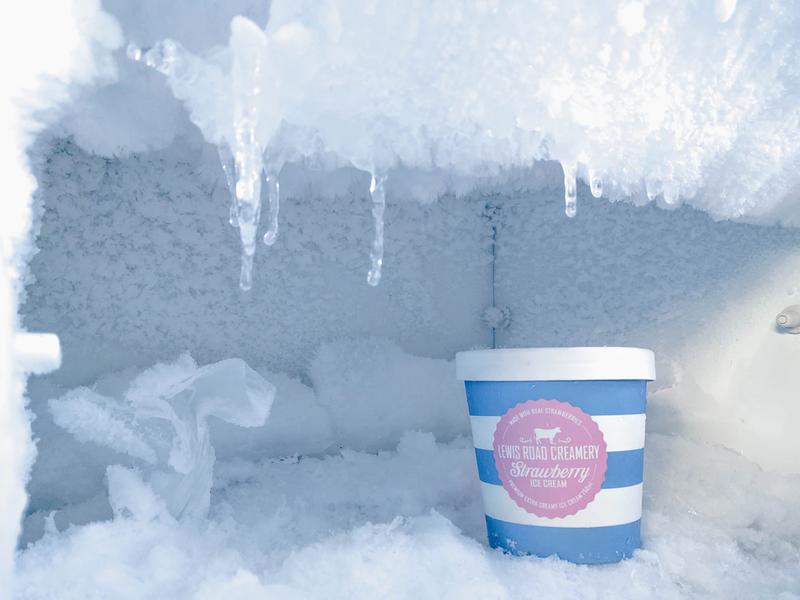
Instead of keeping your freezer too warm, drop the temperature down as low as it can go. It should be 0 degrees Fahrenheit, if possible. If you find that your ice cream gets too hard to serve, set it on the door shelf.
Super-cool Stand Mixers
You don’t have to do this trick to get great desserts out of your stand mixer. But if you do, you’ll find every bowl of frosting is creamier, every meringue is fluffier and every cake is loftier. The trick? Chilling your bowl and beater(s) before use.
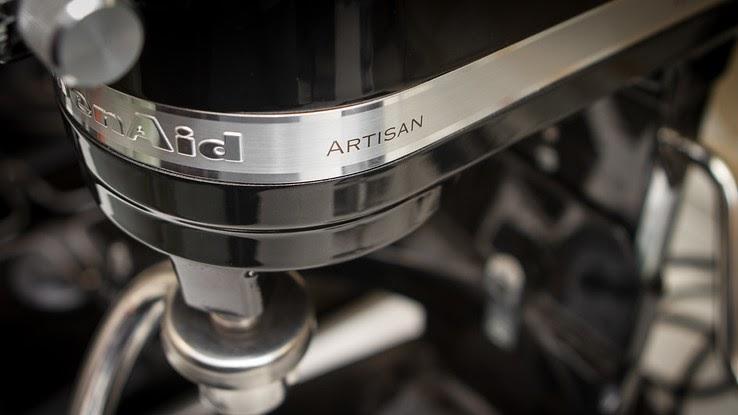
Put the removable metal parts of your stand mixer into the fridge about two hours before you plan to whip up that confection. When it’s time to bake, pull them back out and wipe off any condensation they’ve collected in the cold. Then use them as you normally would.
Pipe Cleaners
You’ve probably tossed out more than one reusable straw because you just couldn’t get that dried, old smoothie out of it. But, if you don’t have a straw brush and want to keep that gobbed-up stainless steel straw around, use a pipe cleaner instead.
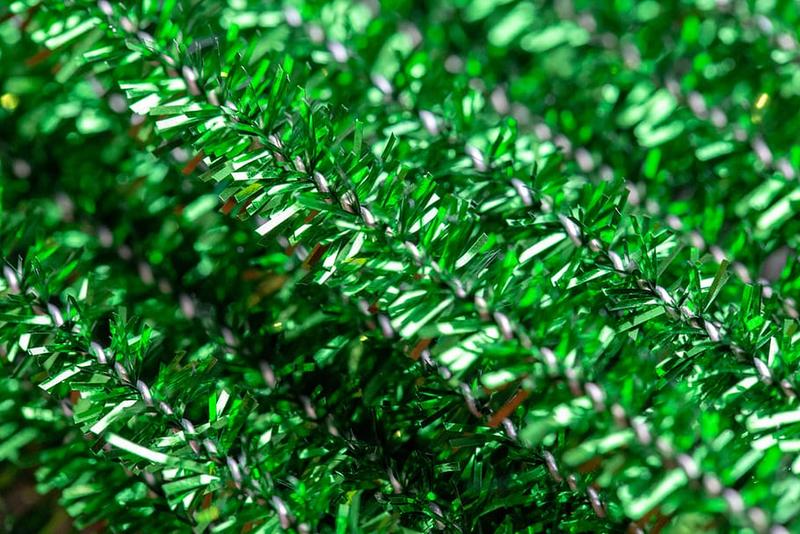
Yes, that old craft supply for making holiday ornaments is actually useful for accomplishing everyday household tasks. Use them for your straws and any other long object with a small opening that needs a good clean. Turn them around a few times in there, and voila — all clean!




